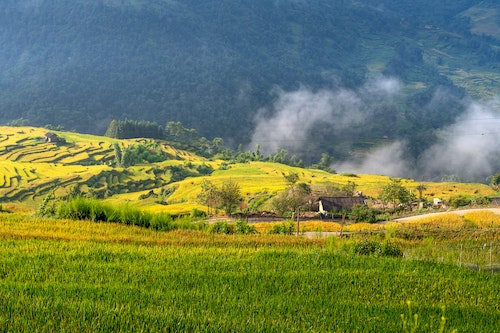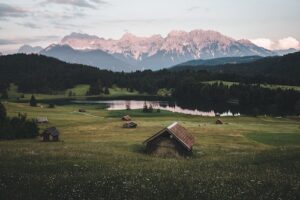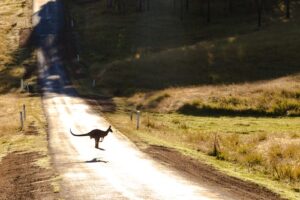Rural landscape refers to an area of land that is predominantly used by farmers, ranchers, and other agricultural activities. It is typically characterized by low human population, open fields, wooded areas, and small communities. Rural landscapes provide both ecological and economic benefits to the region. They offer an escape from urban settings and provide valuable open space that allows for the preservation of natural resources. Additionally, they provide interesting cultural attractions and attract tourists.
Development Impacts On Rural Landscapes
With the ongoing development of rural areas, the landscape of these regions has changed drastically. In some cases, it has been altered to the point where it no longer looks like the same rural landscape. This can have both positive and negative effects.
The development of rural areas can be beneficial to the local economy. For instance, it can create new job opportunities, provide a boost to real estate prices, and attract outside investment. However, it can also cause a decrease in wildlife diversity and have a negative impact on water supplies. Moreover, it can lead to the destruction of biodiversity and native plants, as well as the displacement of local residents.
Preservation Of Rural Landscapes
Given the importance of rural landscapes, it is essential that they are preserved. For this reason, various organizations have developed initiatives to protect these important sites. Some of the most common methods being used to do this include the creation of policies on sustainable development, the designation of rural conservation areas, and the promotion of agroecological production strategies.
The Rural Landscapes Conservation Initiative (RLCI) is one of the most notable examples of this type of protection. The RLCI is a collaborative and multi-sectoral approach to understanding and sustaining rural landscapes, and includes the collaboration of governments, businesses, and civil society.
Among its objectives, the RLCI aims to improve the management of rural landscapes, ensure that rural communities have sustainable access to resources, and maintain the ecological integrity of rural landscapes.
Benefits of Rural Landscapes
Rural landscapes are vitally important to the local economy and environment, and can provide a range of benefits to local residents and visitors alike.
First and foremost, rural landscapes are important for ecological reasons. They help to create biodiversity hotspots and preserve endangered species. They also provide habitats for plants and animals, and act as important carbon sinks.
In addition, rural landscapes can boost the local economy by providing open space for businesses, such as farms, wineries, and other agricultural activities. These activities, in turn, create jobs and stimulate economic growth.
Rural landscapes are also essential in terms of tourism. They provide a unique and attractive backdrop for tourists to explore, and allow for a more immersive experience of rural life.
Finally, rural landscapes are important in terms of culture and tradition. They are often home to traditional customs and practices, and are a valuable source of local knowledge.
Conclusion
In conclusion, rural landscapes are important sites that provide a range of ecological, economic, and cultural benefits to their local communities. As such, it is important that they are preserved and protected. Through the implementation of sustainable development strategies and initiatives, such as the RLCI, we can ensure that rural landscapes remain intact and vibrant for generations to come.



